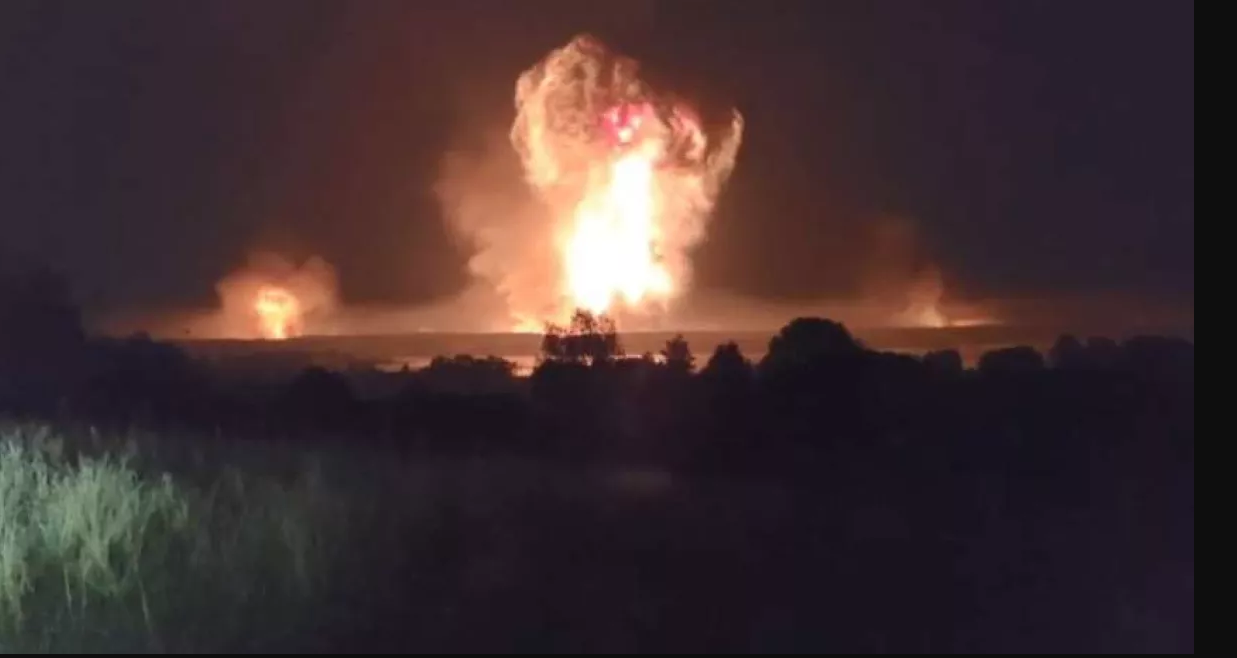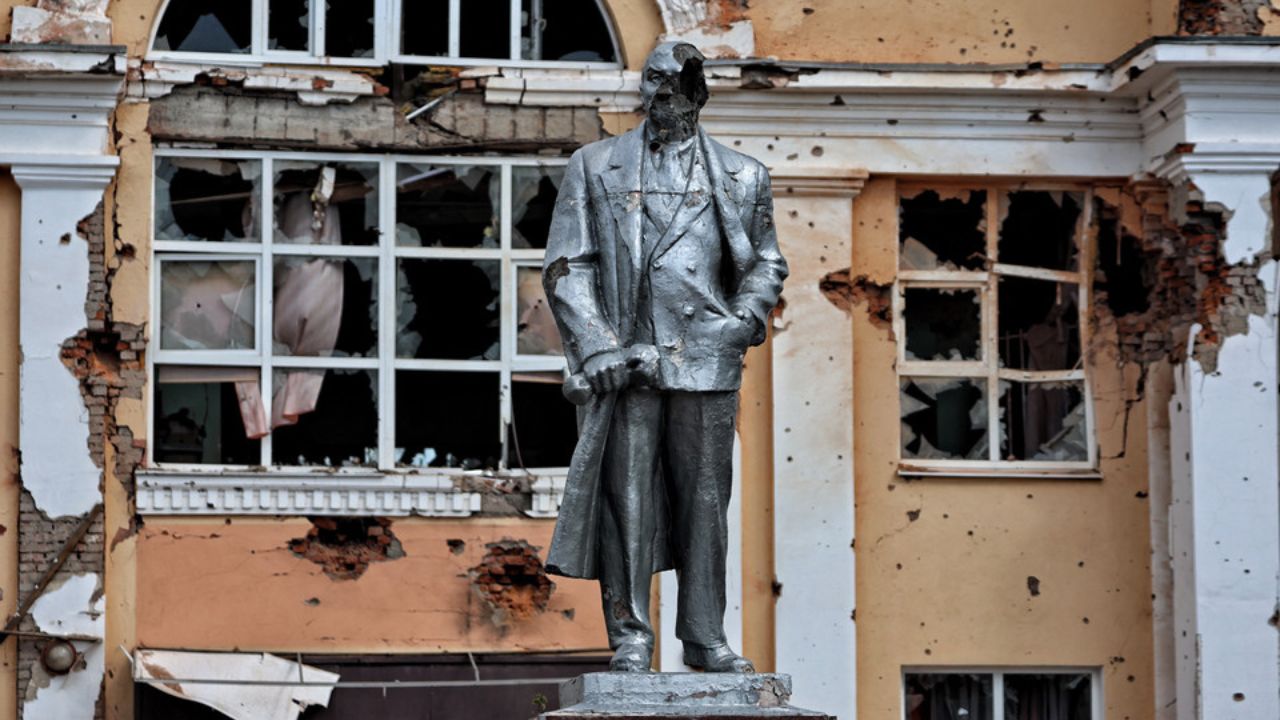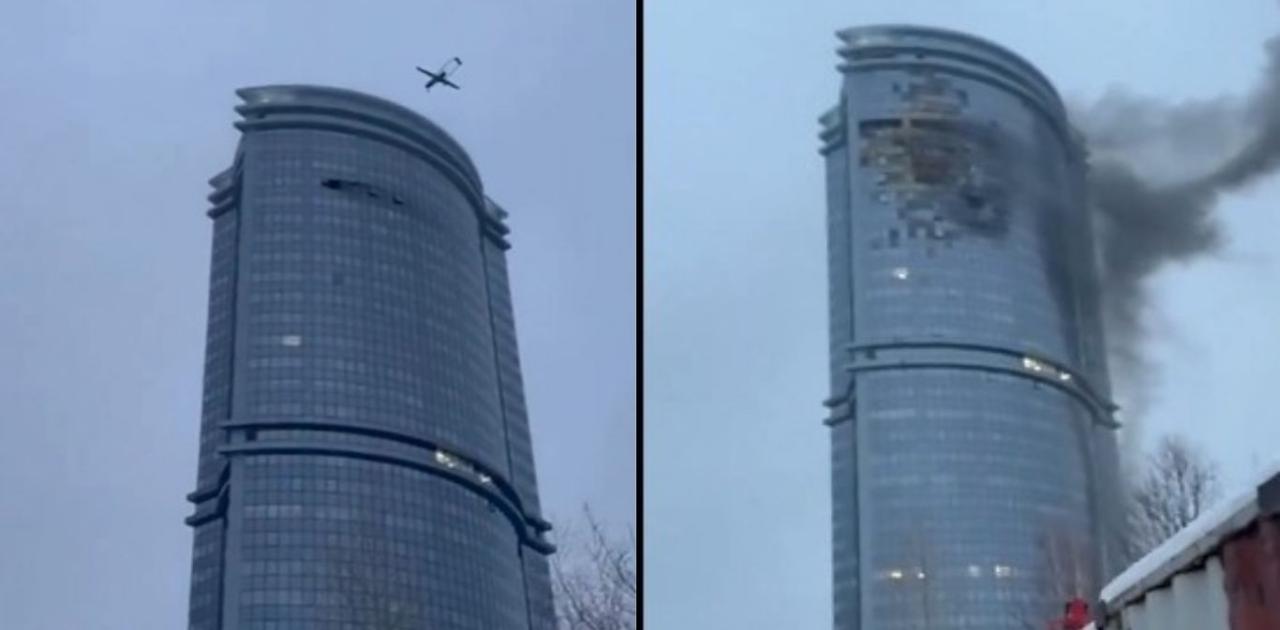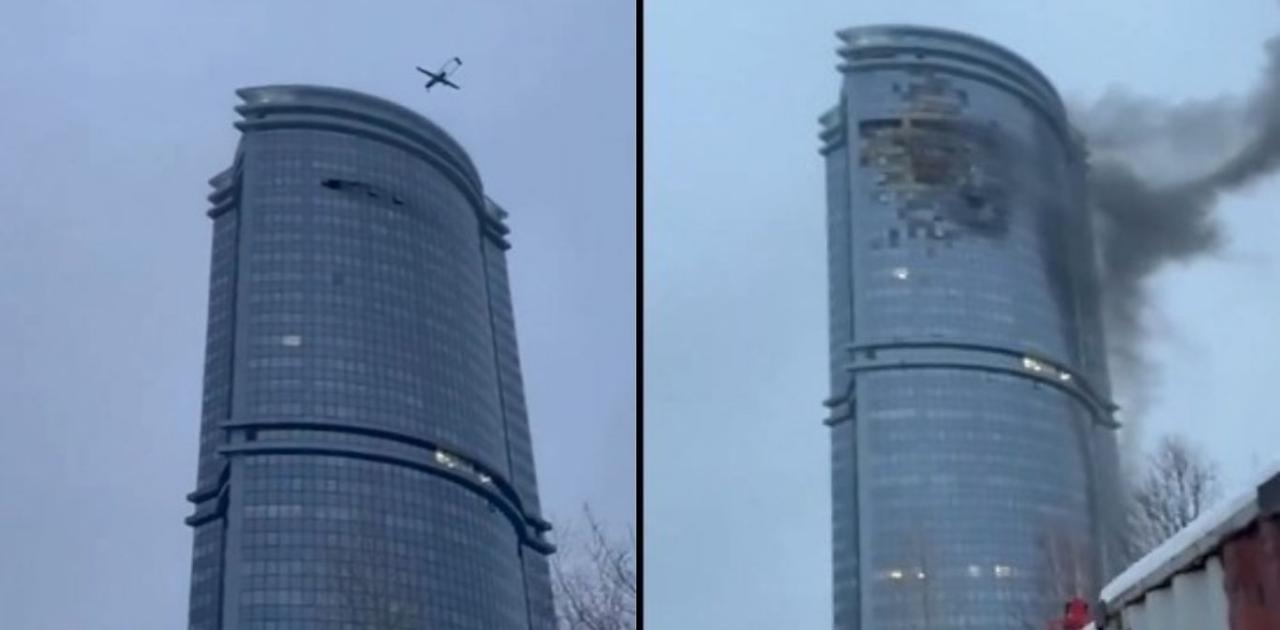Kazan drone attack immediately thrusts us into a complex narrative, blending technological advancement with geopolitical tension. This incident, shrouded in uncertainty and conflicting accounts, offers a compelling case study in modern warfare’s evolving landscape. The attack’s specifics—the types of drones employed, the targets selected, and the resulting damage—remain subjects of intense scrutiny and ongoing investigation. Understanding this event requires navigating a maze of official statements, eyewitness testimonies, and media interpretations, each contributing to a multifaceted picture.
The recent drone attack on Kazan has raised concerns about escalating tensions. This incident follows a pattern of similar attacks, prompting comparisons to the broader conflict; for instance, you can read more about the scale of Ukrainian drone operations against Russia in this report: ukraine drone attack on russia. Understanding the context of these wider actions, such as this Ukrainian campaign, helps to analyze the Kazan attack more thoroughly.
The incident’s ramifications extend far beyond the immediate aftermath. It raises critical questions about the vulnerability of civilian infrastructure to drone attacks, the effectiveness of current countermeasures, and the potential for escalation in regional conflicts. The international community’s response, a mix of condemnation, investigation, and cautious maneuvering, further underscores the event’s significance in shaping the future of warfare and international relations.
The Kazan Drone Attack Incident

Reports of a drone attack targeting Kazan, Russia, sparked significant international attention and raised concerns about the escalating use of unmanned aerial vehicles (UAVs) in conflict zones and beyond. The incident highlighted vulnerabilities in air defense systems and prompted discussions on the evolving geopolitical landscape. This analysis examines the event, its aftermath, and its potential implications.
The Event: Kazan Drone Attack Circumstances, Damage, and Timeline
The alleged drone attack on Kazan involved multiple UAVs reportedly targeting key infrastructure. While the exact number and types of drones remain unconfirmed, initial reports suggested a coordinated assault. The extent of damage varied, with some reports focusing on minor structural damage to buildings, while others mentioned disruptions to essential services. Casualties, if any, were not widely reported in official channels.
The timeline of events is still under investigation, but early reports surfaced on social media before official confirmation from authorities.
| Date | Time (Local) | Location | Reported Targets |
|---|---|---|---|
| [Insert Date] | [Insert Time] | Kazan, Tatarstan, Russia | [Insert Reported Targets, e.g., Government buildings, infrastructure facilities] |
Allegations and Responses to the Kazan Drone Attack
Responsibility for the attack remains unclaimed. Initial allegations pointed towards various potential actors, ranging from internal dissident groups to external state actors. Official responses from Russian authorities were swift, emphasizing the incident’s investigation and highlighting security measures taken to prevent future attacks. International reactions were varied, with some nations expressing concerns about the use of drones in civilian areas, while others remained cautious in their statements, awaiting further investigation.
Different narratives emerged regarding the event’s motivations and perpetrators. Some analyses focused on internal political instability within Russia, while others suggested potential external involvement, drawing parallels to similar incidents in other regions. The lack of definitive evidence contributed to a range of interpretations and ongoing debate.
Technological Aspects of the Alleged Drone Attack

The specifics of the drones involved remain unclear. However, based on available information and similar attacks elsewhere, it is possible that commercially available drones, modified for more destructive purposes, were used. The potential methods employed likely included pre-programmed flight paths and possibly GPS-guided targeting, although the level of sophistication remains speculative. Challenges in carrying out such an attack include navigating air defenses, ensuring successful targeting, and avoiding detection.
Hypothetical countermeasures to prevent similar attacks could involve enhanced air defense systems, drone detection and jamming technologies, and improved cybersecurity measures to prevent unauthorized access and control of UAVs. Strengthening infrastructure resilience and implementing stricter drone regulations are also crucial.
Geopolitical Implications of the Kazan Drone Attack
The incident has potential implications for regional stability and international relations. It raises concerns about the potential for similar attacks in other urban centers and underscores the vulnerability of critical infrastructure to drone-based threats. The event may exacerbate existing geopolitical tensions and influence the ongoing power dynamics in the region.
The recent drone attack on Kazan highlights the increasing vulnerability of civilian areas to unmanned aerial vehicles. This incident, while geographically distant, shares a concerning parallel with the technical failures seen in other drone operations, such as the orlando drone show malfunction , which underscores the need for robust safety protocols and reliable technology across all drone applications.
The Kazan incident serves as a stark reminder of the potential consequences when such technology malfunctions or is misused.
- Increased security measures in major cities across Russia.
- Heightened tensions between Russia and potential adversaries.
- Accelerated development and deployment of anti-drone technologies.
- Potential for retaliatory actions or escalation of conflict.
- Impact on investor confidence and economic stability in the region.
Public Perception and Media Coverage of the Kazan Drone Attack

Initial media coverage of the attack was fragmented, with various news outlets offering differing accounts and interpretations. Social media played a significant role in disseminating information, often before official confirmation, leading to a rapid spread of both accurate and inaccurate reports. Public perception of the event was shaped by the information available, with a range of reactions, from concern and fear to skepticism and political polarization.
A visual representation of the information flow could be depicted as a branching network. Initial social media posts formed the initial nodes, spreading outwards to mainstream news outlets and official government statements. Public sentiment, initially characterized by shock and uncertainty, evolved based on subsequent updates and official investigations. The narrative was further shaped by the perspectives of different media outlets, leading to diverse interpretations and potential biases.
The Kazan drone attack serves as a stark reminder of the evolving nature of modern conflict and the increasing accessibility of sophisticated weaponry. The incident’s ambiguity, coupled with the lack of definitive answers regarding responsibility, highlights the challenges in attributing blame and responding effectively to such attacks. Ultimately, the long-term consequences of this event remain uncertain, underscoring the need for continued vigilance, improved countermeasures, and a deeper understanding of the geopolitical dynamics at play.
The recent drone attack on Kazan highlights the growing concern over the use of unmanned aerial vehicles in conflict. Understanding the technology behind such attacks is crucial, and examining companies like Sky Elements Drones, whose innovative technology is showcased at sky elements drones , provides valuable insight into the capabilities and potential countermeasures. This knowledge is vital in assessing the evolving threat landscape posed by such attacks on civilian areas like Kazan.
FAQ Guide: Kazan Drone Attack
What were the alleged targets of the drone attack?
Reports vary, with some suggesting targets were civilian infrastructure, while others point to potential military or government facilities. A definitive answer awaits further investigation.
What is the current status of the investigation?
Official investigations are ongoing, with various agencies involved in gathering evidence and determining responsibility. Details are limited publicly due to the sensitive nature of the inquiry.
What is the estimated cost of the damage caused by the attack?
Precise figures are not yet available. Assessments are ongoing, and the final cost will depend on the extent of the damage and the costs of repairs and reconstruction.
